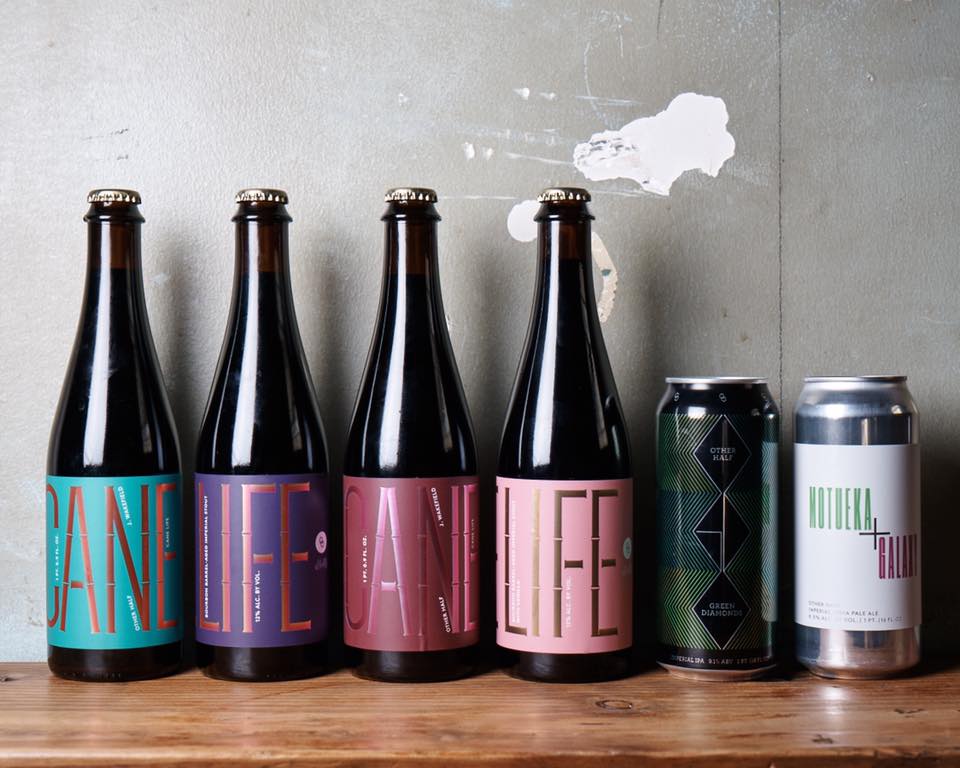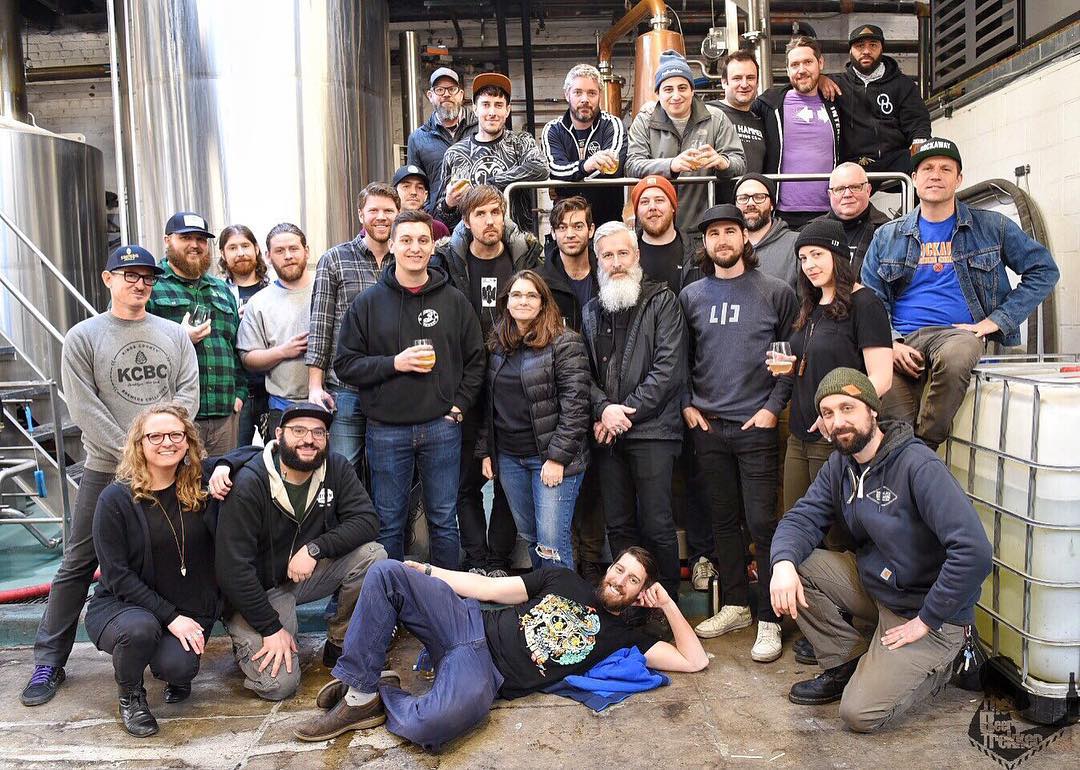Shop
Why Other Half and SingleCut Bought Breweries in Upstate NY
Why two of NYC's hottest breweries went north.
Naysayers in New York pointed to the October 2017 closure of Nedloh Brewing Co. near Rochester, N.Y. as a sign of a craft beer bubble preparing to burst. Imagine their surprise as the bubble narrative dissipated nine months later with the news that Other Half Brewing Co., Brooklyn’s purveyors of fine New England IPA haze, bought the site with plans to open a brewery in 2019.
The news sent a ripple through the Northeast beer scene. Suddenly, for those in Upstate New York, obtaining Other Half beer no longer meant queueing up at ungodly hours at the Carroll Gardens brewery, or seeking periodic mobile releases, or finding a mule to sacrifice from their allotment.
It was the second such announcement of a northern migration from the five boroughs during the past summer. SingleCut Beersmiths, located near LaGuardia International Airport in Queens, bought Shmaltz Brewing Co.’s plant north of Albany, N.Y. in May with plans to open a second headquarters, dubbed SingleCut North.
Both breweries had different motivations to evolve and diversify but identified a desire to maintain their New York DNA.
SingleCut Beersmiths: Exceeding Capacity
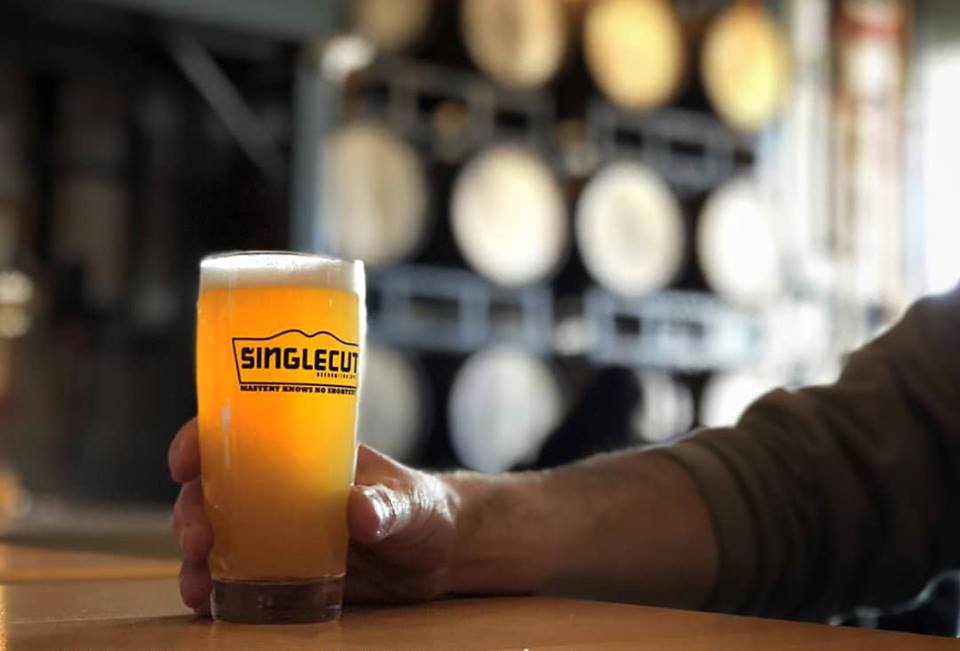
Rich Buceta, who opened SingleCut in 2012, was looking to expand. The brewery was already operating at full capacity to serve its 10-state distribution footprint when the opportunity to buy Shmaltz’s plant presented itself. SingleCut North is already producing beer and its taproom will open in Spring 2019.
“Our roots will always be Astoria,” Buceta said. “High production and year-round beers are currently created at our North location while rotating and experimental brews will come from Astoria.”
SingleCut was making 11,000 barrels per year in Astoria; its North location is capable of making nearly three times as much beer. Scaling up hasn’t been easy, though.
“It was extremely challenging,” Buceta continued. “We built into our financial considerations the need to dump batches until we ironed out the translation, and we did in fact wind up destroying multiple full batches until we landed on the right adjustments.
“The beer we now produce at our North location is in fact as good if not better than we managed to create in Astoria,” he maintained.
Buceta put a no collaboration policy into effect years ago for SingleCut so it would not have to pick and choose which projects to accept and turn down. The brewery plans to focus on ingratiating itself into the community by participating in local events and translating the rock and roll atmosphere that it has in Astoria to Clifton Park.
“We plan to recreate the exact template we have at Astoria, with a vast vinyl collection, simple food fare available, live music, and of course a very healthy tap selection of our fresh brews created at both locations,” Buceta shared.
The move north has been touch and go for SingleCut, but Buceta finds the result successful. “Our culture revolves around a universal love of great beer and music,” Buceta said. “And that plays anywhere.”
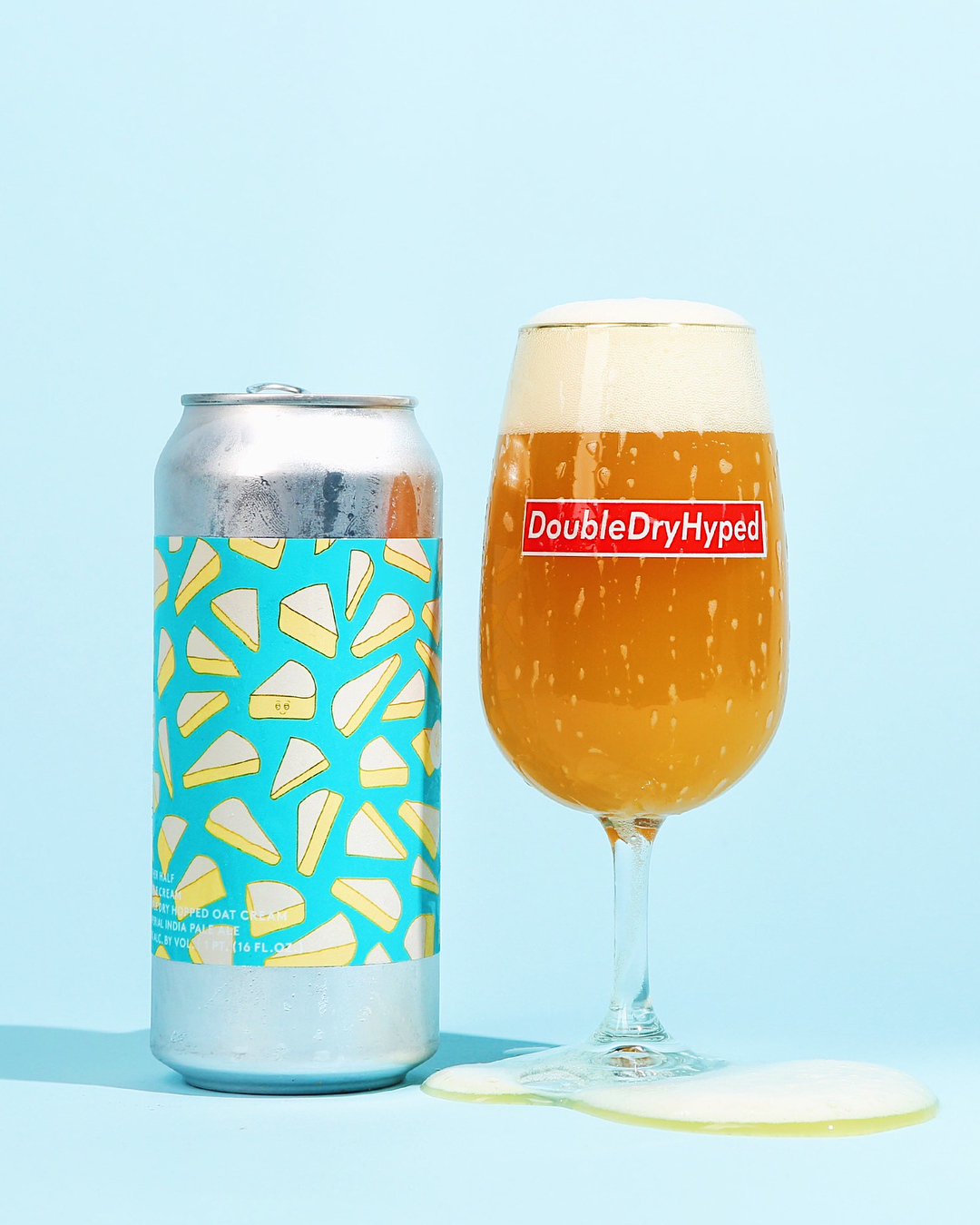
Other Half Brewing Co.: Getting Closer to the Customer
Sam Richardson said he and his partners were looking at Upstate New York for a second base but had not planned on landing at the former home of Nedloh Brewing Co. in East Bloomfield, about 30 minutes from Downtown Rochester.
“The East Bloomfield site was a little bit of a surprise to us,” he said. “It was a good option that became available, but we were looking at Upstate because a lot of our model is built around getting beer directly to customers and being close to where we want to sell the beer.”
Upstate New York has been a welcome market for Other Half beer. Mobile releases in Buffalo, Rochester, and Syracuse have been greeted with long lines and empty delivery trucks returning to Brooklyn.
“We consider ourselves a New York State brewery and we wanted to be able to get beer to people in Upstate and Western New York without having to ship it,” Richardson continued.
Richardson expects the new facility to produce about one-third of the brand’s total output, but the two brewhouses will operate parallel to one another.
“We’re not always going to make the same beers we make in Brooklyn for the people in Western New York,” Richardson explains. “There are going to be beers that are specifically made for that market.”
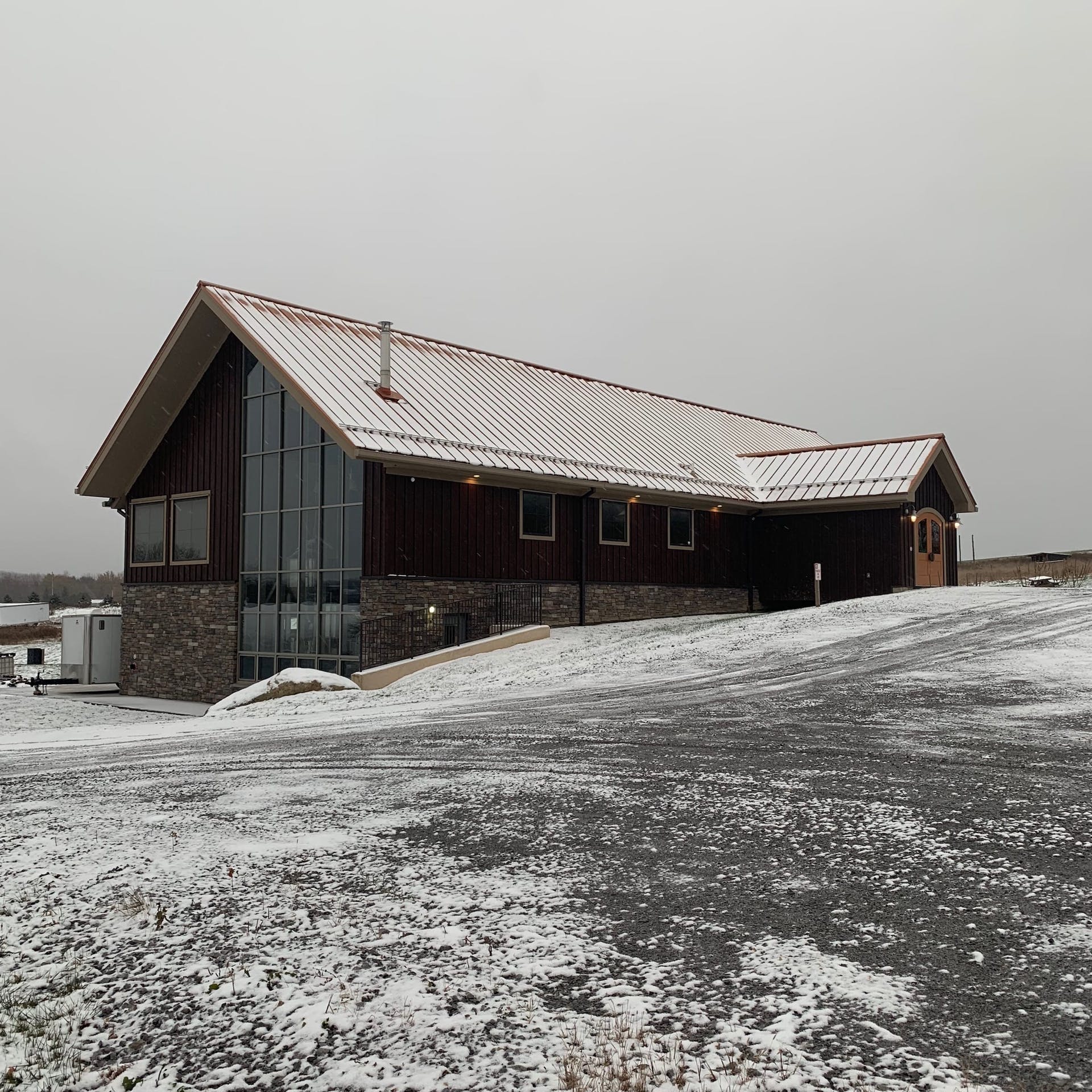
That means more than just the hazy IPAs, coffee-fueled stouts, and fruited Berliner Weisses that have become the hallmark of Other Half beer. Expect more experimental releases like saisons and mixed-culture beers. “It’s something we want to do and we’ve never been able to afford to do it in Brooklyn because the cost of storing beer at the real estate prices there doesn’t make a lot of sense,” Richardson shared.
Other Half delivers cans packaged in Brooklyn to Upstate each week for sale with plans of opening its taproom in March 2019.
Liked this article? Sign up for our newsletter to get the best craft beer writing on the web delivered straight to your inbox.

